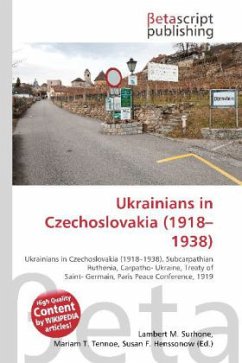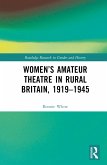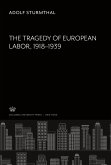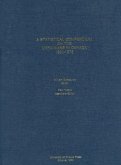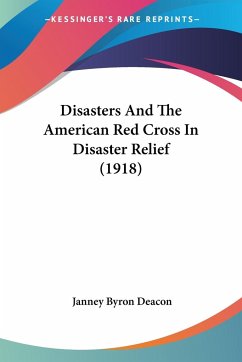Please note that the content of this book primarily consists of articles available from Wikipedia or other free sources online.Subcarpathian Ruthenia (later briefly independent as Carpatho-Ukraine) had been Czechoslovakia''s poorest region, and, if Slovakia had fared badly under Hungarian domination within Austria-Hungary, Carpatho-Ukraine''s situation had been far worse. In the words of one historian, in 1914 the region was "little more than a Magyar deer park." Its people were wretchedly poor, having for centuries supplemented the meagre living the mountainous area afforded with seasonal agricultural labor and service in the Hungarian infantry. Because of its strong cultural and linguistic links with the Ukrainians, Lemkos and Boykos of the Soviet Union and interwar Poland, the region was a hotbed of secessionist sentiment throughout the inter-war period (see below). There were also calls for Ukrainian autonomy within the Czechoslovak Republic, and the Lemko-Rusyn Republic, on the northern side of the Carpathians, attempted to unite with this faction.
